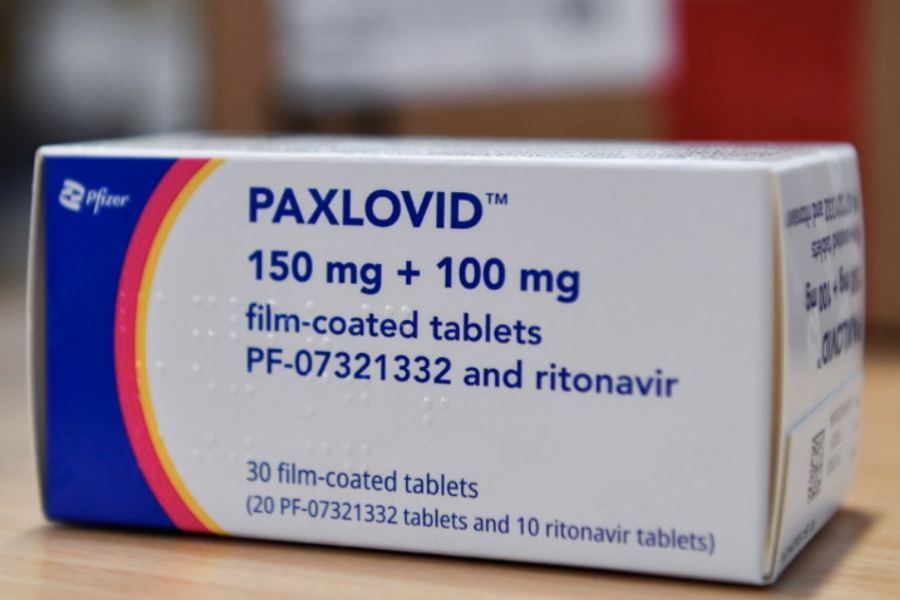MedPageToday Antiviral protected older at-risk patients, but appeared to increase risk in teens
Use of nirmatrelvir-ritonavir (Paxlovid) during the acute phase of COVID-19 appeared to significantly reduce the risk of post-COVID conditions (PCCs) in older adults at high risk for severe disease, but may have increased the risk in adolescents, according to a large case-control study from the CDC.
In adults ages 50 and up, the risk of PCCs was lower among those who received nirmatrelvir-ritonavir, with relative risks (RRs) of one or more PCC of 0.91 (95% CI 0.91-0.92) and two or more PCCs of 0.86 (95% CI 0.85-0.87), reported Alexandra Dalton, PhD, of the CDC’s Coronavirus and Other Respiratory Viruses Division, during a late-breaking abstract session at the IDWeekopens in a new tab or window annual meeting.
However, in adolescents ages 12 to 17, the overall risk of PCCs in those who received the antiviral was significant for one or more PCCs, including hypertension, asthma, and type 2 diabetes, but not significant for two or more PCCs:
- One or more PCCs: RR 1.09, 95% CI 1.04-1.15
- Two or more PCCs: RR 1.04, 95% CI 0.95-1.14
For adults ages 18 to 49, the use of nirmatrelvir-ritonavir appeared neutral with regard to PCC risks, with some variation. Dalton pointed to a slightly increased risk of asthma, but a decreased risk of thromboembolic events.
Continue reading
